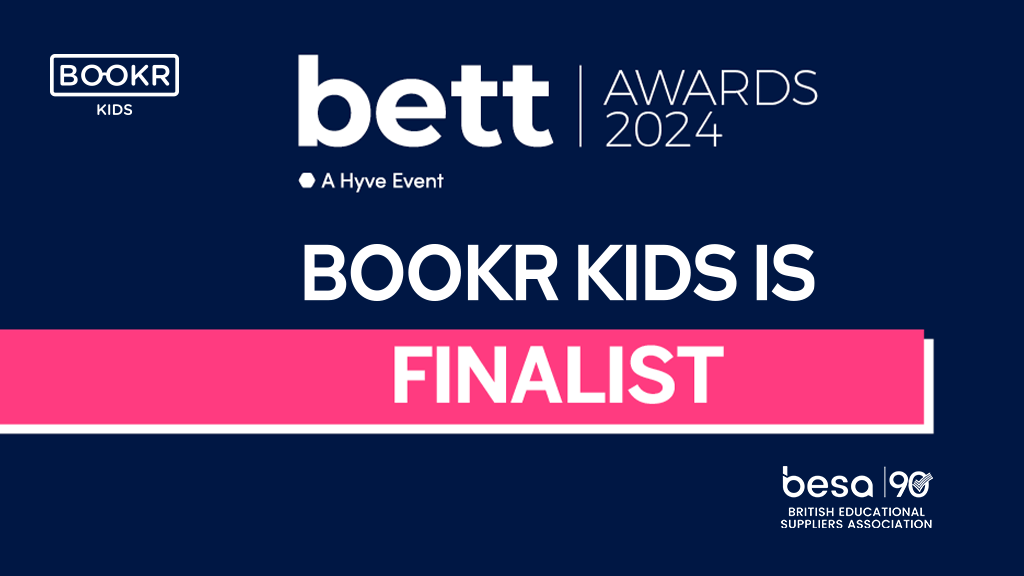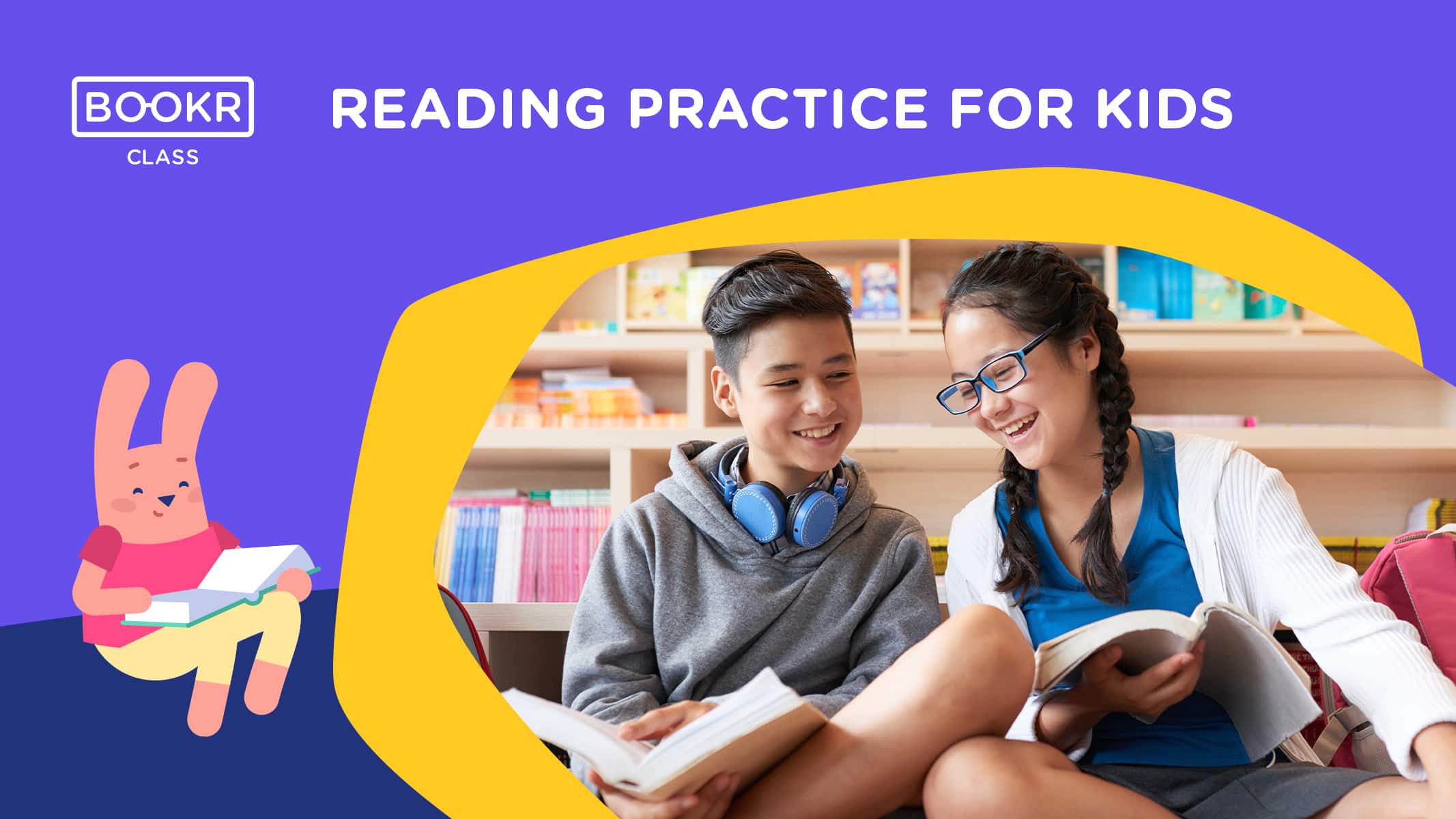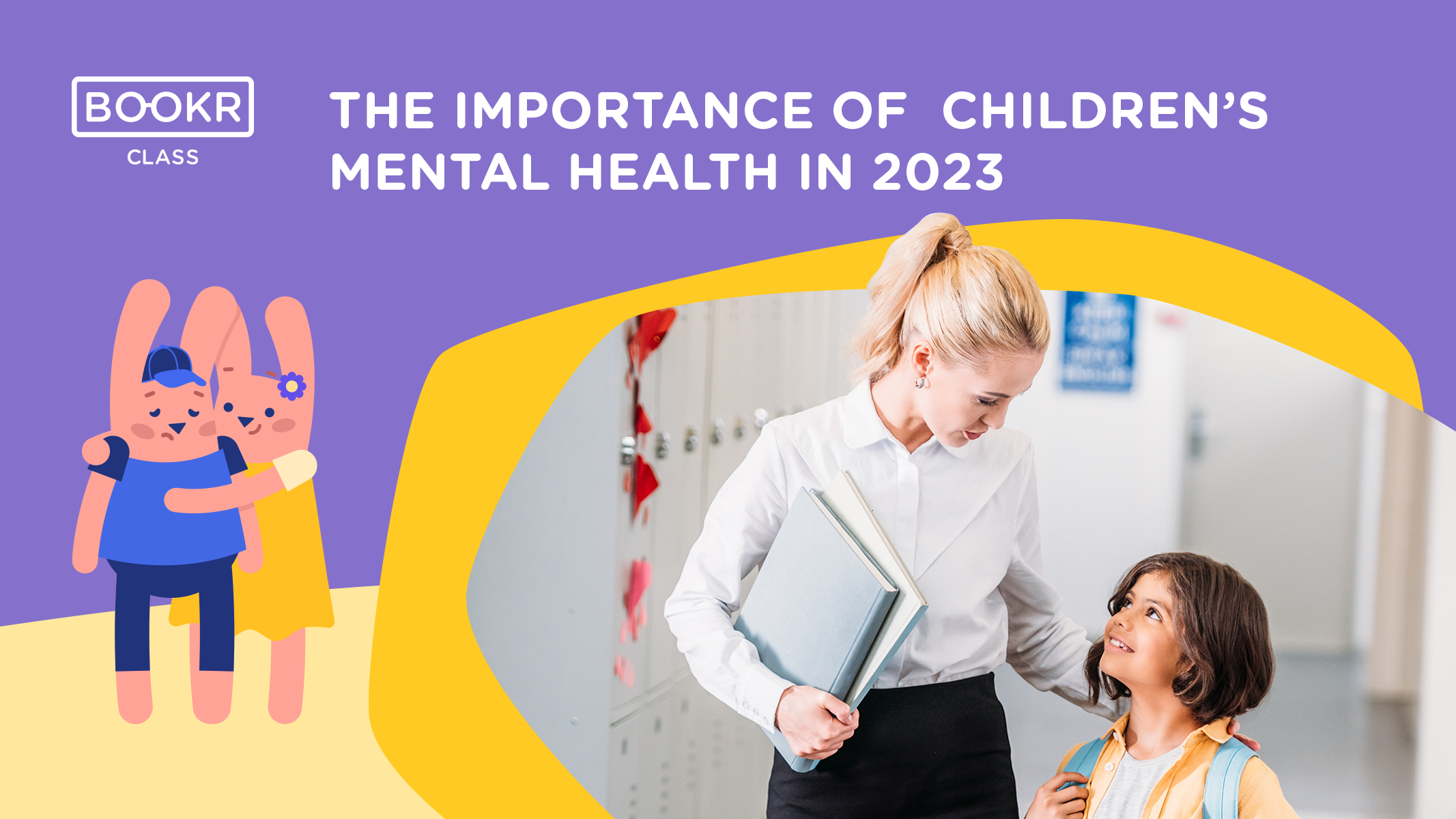Unveiling the Key Benefits of ChatGPT in Education in 2024
ChatGPT made the online sphere rethink everything they knew about digital tools. The copywriting and education industry has been especially shaken by the potential prospect of this new AI tool that, according to many, is the next big thing. Some fear it; some consider such an extravaganza to be an overreaction.
Some ban it in the workplace; some celebrate its capabilities and the possibilities it brings to their schools or businesses. What does it mean for you as a player in the education sector, and what should you know about it?
Learn everything you wanted to know about the benefits of ChatGPT in education. Let’s dive in together!
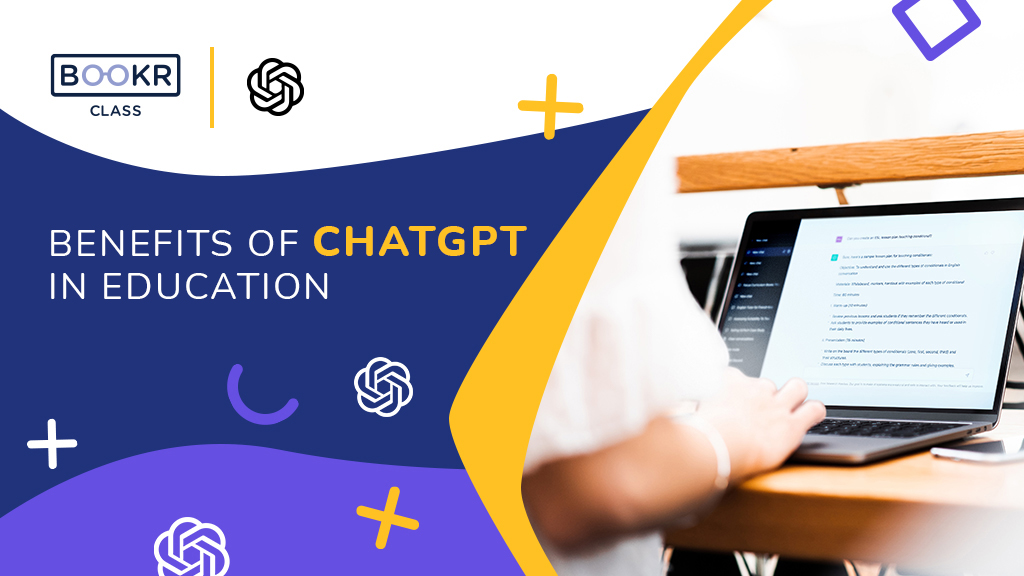
Table of content
What is ChatGPT?
Let’s get this one out of the way; what are we talking about exactly?
ChatGPT is a conversational AI language model developed by OpenAI that can answer follow-up questions, admit mistakes, and engage in meaningful dialogue. ChatGPT is a powerful tool for generating human-like text and can be used in various applications such as chatbots, customer service, and content creation – any written content. In practice, it looks like this:
To sum it up, let’s go directly to the source. When asking about its capabilities, this is what the platform says:
The question: ‘What can ChatGPT do?
Response: ChatGPT is a language model that can:
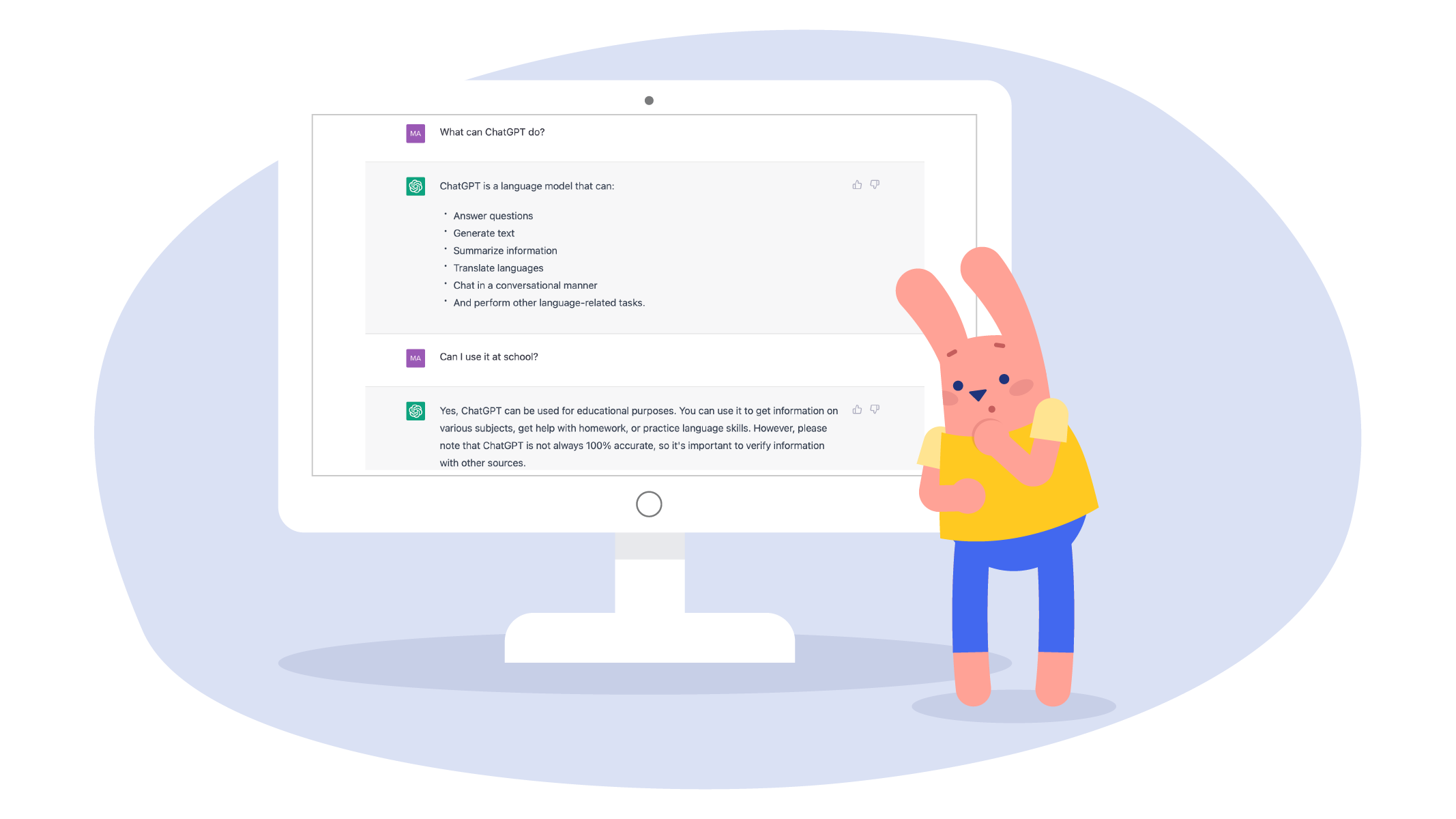
Despite its promising capabilities, ChatGPT’s impact on education has sparked mixed opinions and ethical concerns. School administrators, teachers, parents, and students are divided on its use, with some questioning its place in the classroom. In addition, the potential for cheating and plagiarism has led some schools, including New York City Public Schools, to ban the app across their district devices and networks.
Other central city school districts such as Seattle, Baltimore, and Los Angeles have also blocked access to ChatGPT, and that’s only in the United States.
On the other side, many institutions and experts are looking for new and creative ways to incorporate new technologies into their teaching curricula. They are fascinated by how the education field reacted faster than they’ve ever seen them respond to new technology.
Content creation and grammar correction are nothing new. We’ve seen what Artificial Intelligence is capable of, so why is ChatGPT different? Why all this attention and buzz?
Experts say that ChatGPT’s main difference is its remarkable example of advanced natural language processing. It sounds just like what a human might respond, and it’s very easy to use for anyone.
How to use ChatGPT?
After creating a profile and logging in for free, you can use it for different projects with no limitations or complicated options. One chatbox, one bar, go!
1. You can treat it as a human, asking a simple question. To test ChatGPT, I asked it about ESL
I quickly realized it would take little time to hand in an assignment about teaching English as a second language. The exciting part is that once you get a response to your question, you can continue digging deeper, asking it to give you more details if anything needs to be clarified.
2. Do you need a text to be checked or rewritten? You can ask it to take a look
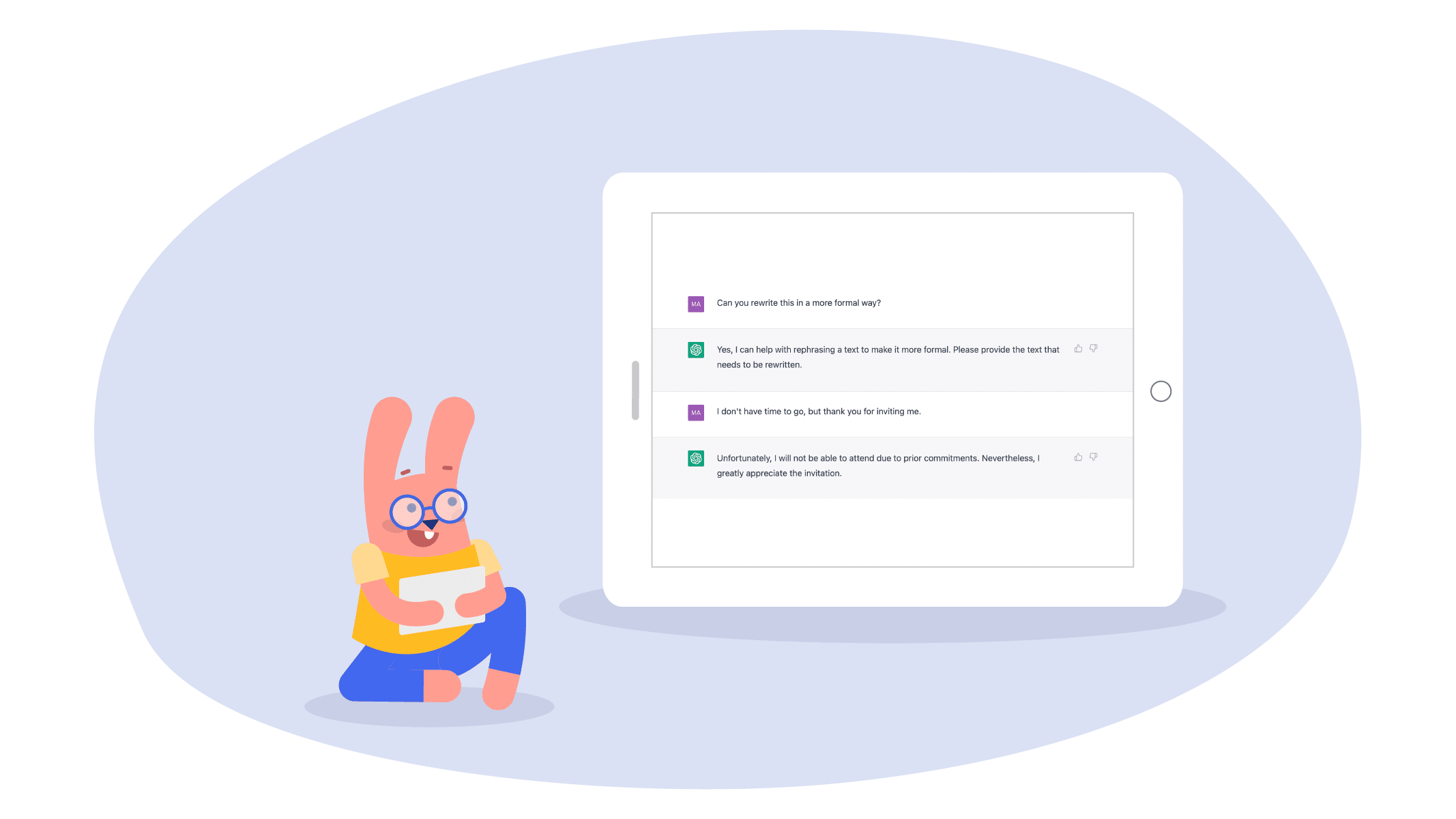
3. Create lesson plans, article structures, and entire articles
Now, this is an area where ChatGPT and education go hand in hand! This tool can create lesson plans for various subjects and educational levels, from one task to an entire lesson plan specifically designed for your classroom – if given the proper instructions.
Don’t forget to provide details such as the subject, target grade level, learning objectives, and any other specific requirements you have.
It’s important to give specific instructions and rephrase your question if the system can’t understand it.
4. Translating
Yes, English is not the only language ChatGPT is trained in. As an AI language model, it has been trained to understand and generate text in many languages, including but not limited to English, Spanish, French, German, Italian, Portuguese, Dutch, Russian, Arabic, Chinese (Mandarin), Japanese, and Korean, among others. Although its proficiency in each language may vary, it tends to make errors or produce unnatural text, so be aware of that.

In general, if we’re unhappy with the content generated or it’s not exactly what one was looking for, with a click, you can ask it to generate different answers, and the system will look for other ways to assist our needs. No need to tell it; just click on ‘Regenerate response’.
Super fast, super easy. It is, however, important to mention that it does not understand every instruction on the first try – but it doesn’t mean it won’t complete the task perfectly on the second or third try. Specifying or rephrasing our requests will eventually lead the system to give us the answer we’re looking for.
Benefits of ChatGPT in education
As dedicated English teachers, it’s essential to embrace innovative tools that can enhance the learning experience for our students. In today’s rapidly changing educational landscape, the question of ‘how ChatGPT can improve education, not threaten it‘ is a pertinent one. ChatGPT holds the potential to be a valuable aid in the English classroom.
It can provide instant feedback on grammar and writing, generate thought-provoking writing prompts, and serve as a resource for language enrichment. Rather than perceiving it as a threat to traditional teaching methods, let’s explore how ChatGPT can be integrated thoughtfully into our curriculum to elevate our English instruction and provide our students with even more valuable learning opportunities
How can teachers use ChatGPT?
Teachers are advised to adapt their practices to ChatGPT rather than merely focus on catching students cheating. For example, experts say they’ve heard of some teachers giving ChatGPT a prompt and analyzing its response with students as a practice in editing and critical thinking.
Technology surrounds us – and students – whether we like it or not, so why not guide children through the process, showing them the pros and cons of letting technology into their lives? It’s better to dictate the narrative rather than banning it and letting students use it for all the wrong reasons.

Enemy or best friend? There’s a fine line!
Teachers can also explore the capabilities of ChatGPT to generate ideas for lesson plans and class activities, answering the question of ‘can ChatGPT write lesson plans?’ This versatile tool can provide valuable insights, suggest engaging topics, and offer creative approaches to curriculum development.
Additionally, educators can rely on ChatGPT to receive recommendations and edits for their students’ writing, ensuring that assignments meet high standards. This not only enhances the quality of student work but also helps save precious time for teachers who are often absolutely strapped for time.”
As a school English teachers, you’ll be delighted to discover the myriad of things you can do with ChatGPT to enrich your classroom experience. ChatGPT is not just a tool; it’s a versatile resource that can engage young learners in creative ways. You can use it to generate captivating writing prompts, develop interactive storytelling exercises, and even create personalized spelling and vocabulary quizzes.

Furthermore, ChatGPT can assist students in proofreading and refining their writing, instilling good language habits from a young age. It’s a valuable ally in fostering a love for language and literacy, making English lessons not only educational but also enjoyable for your students. Explore the endless possibilities of things you can do with ChatGPT to enhance your elementary school English curriculum.
In the realm of education, the choice of prompts when using ChatGPT is of paramount importance, especially for English language teachers. The “best chatGPT prompts for education” in this context are those that facilitate language learning and proficiency.
For instance, an English teacher might use prompts like, “Compose a short paragraph describing a picturesque countryside scene,” or “Generate a conversation between two characters discussing their favorite books.” These prompts not only encourage creativity and language fluency but also provide opportunities for grammar and vocabulary practice.
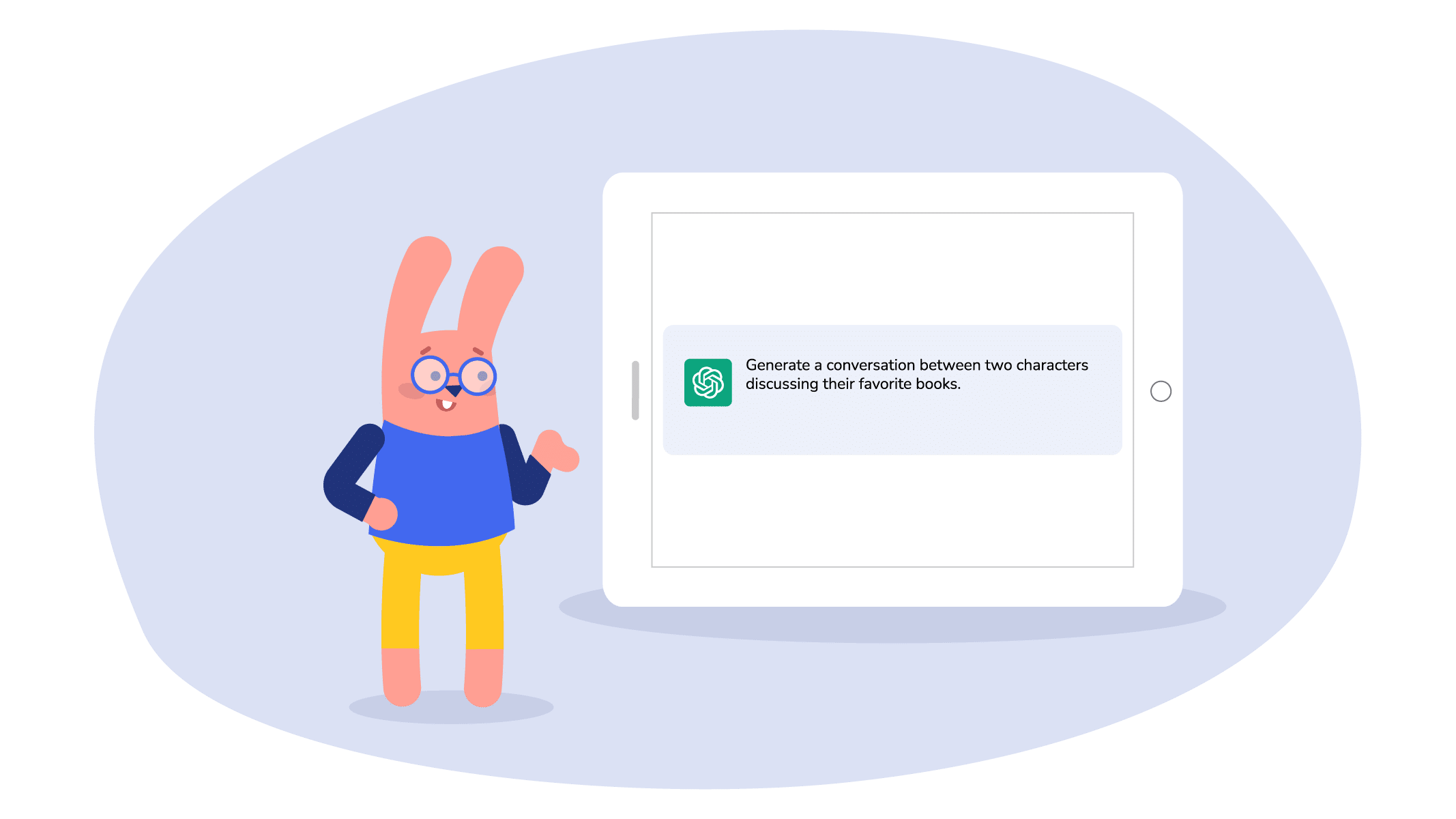
Well-crafted prompts are the key to harnessing the power of ChatGPT, making it an invaluable tool for English educators to enhance language instruction and engage their students effectively.
In addition, using ChatGPT for specific functions can improve your efficiency in your job, leaving them more time to focus on giving their best when in front of the class.
For students, the most important aspect is learning how to use it correctly and for what reason. Logical and critical thinking are key skills that educators and institutions need to teach them: “AI tools are here to stay, so we must make the most of them, but don’t lose sight of the task and learn to work with it, not make it do your homework for you!”

Exploring AI Resources: There's an AI for That
In the ever-evolving landscape of educational technology, the accessibility of AI resources becomes paramount. One platform leading the charge in consolidating these resources is There’s an AI for That, a website dedicated to curating a comprehensive list of sites and programs that engage with AI.
From language models like ChatGPT to specialized educational tools, this website serves as a gateway to the diverse applications of AI in education. By providing a centralized hub for educators and students to discover and explore AI-driven solutions, There’s an AI for That empowers stakeholders to harness the full potential of AI in learning environments.
Whether you’re seeking assistance with homework, exploring innovative teaching methods, or delving into the latest AI research, this platform offers a wealth of resources to support your journey.
Embrace the future of education with There’s an AI for That and unlock a world of possibilities at your fingertips.
What now?
The future of education in the era of CHATGPT
Over the past decade, there’s been a significantly growing interest in using AI and machine learning techniques to enhance and augment traditional teaching methods. Personalized learning experiences, generating new educational content, and allowing for real-time feedback and assessment are all benefits these tools can provide – find more information about how important technology is in education and how to exploit all it can offer.
And even though the use of AI and language models in education is still in its early stages, and further research and development are needed to understand their impact and potential fully, ChatGPT may very well mark the beginning of a new era in the way we think about how ChatGPT affects education, enhancing other players in the (educational) technology field to take it to the next level.
Exciting times are ahead!
